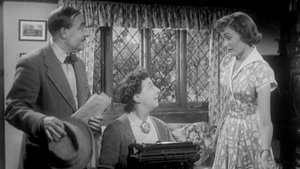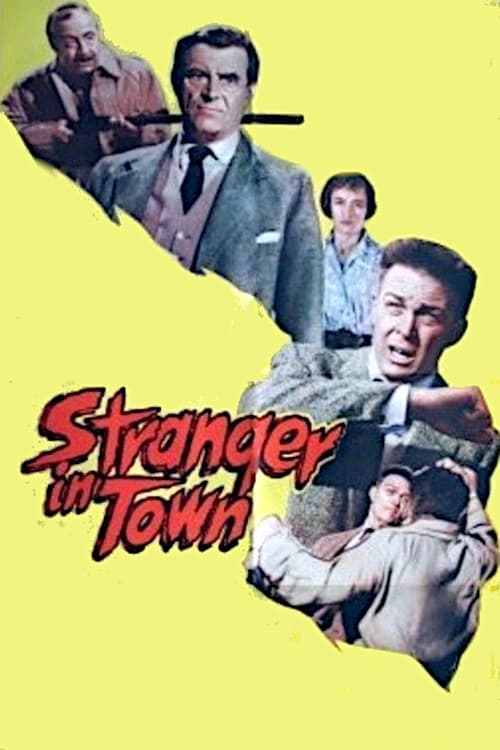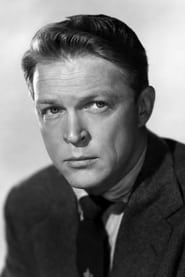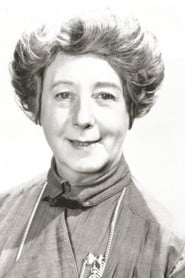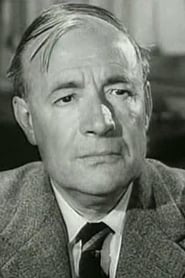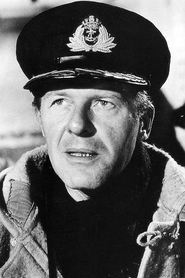Cast
View AllAlex Nicol
as John Madison
Anne Paige
as Vicky Leigh
Mary Laura Wood
as Lorna Ryland
Mona Washbourne
as Agnes Smith
Charles Lloyd Pack
as Capt. Nash
Bruce Beeby
as William Ryland
Colin Tapley
as Henry Ryland
John Horsley
as Inspector Powell
Betty Impey
as Geraldine Nash
Henri Vidon
as Vicar
Robert Reardon
as Matthews
Peggy Ann Clifford
as Mrs. Woodham
Tom Gill
as Hotel Clerk
Alan Robinson
as College Principal
Harry Towb
as Cafe Attendant
Crew
Director
- George Pollock
Reviews
CinemaSerf
When a composer if found dead in his home in a sleepy English village, the coroner puts it down to suicide. Now nobody quite knows just why this man would have taken his own life and when his American journalist pal "Madison" (Alex Nicol) shows up, he decides to look into things and is soon highly suspicious as he gradually realises that the rose tinted windows and perfectly manicured lawns hide tensions amongst the outwardly butter-wouldn't-melt townsfolk. There are plenty of clues for us all here, the odd red herring and he even manages to pick a fight as he eventually manages to convince "Insp. Powell" (John Horsley) that this wasn't simply just the desperate, final, act of an eccentric musician. It features a workmanlike, rather than stellar, cast of British stalwarts - Mona Washbourne ("Agnes") is always reliable, as is Charles Lloyd-Pack and there's even a spot for Arthur Lowe before the denouement comes a bit from left-field. It's an interesting contrast this film - almost like a precursor of the hugely successful "Midsomer Murders" series: what really does go on behind the chintz curtains. The writing is distinctly bland - and Nicol is really just eye candy, but it is still a decent little mystery that is worth a gander.
Feb 13, 2023
Thematic Analysis
As a dramatic work, Stranger in Town examines complex human relationships and emotional struggles against the backdrop of a period setting that reflects societal issues of its time. The character development particularly stands out, offering viewers a chance to reflect on their own life journeys.
Director George Pollock brings their distinctive visual style to this film, continuing their exploration of themes seen in their previous works while adding new elements. Their approach to character development and emotional depth creates a viewing experience that rewards close attention.
Released in 1957, the film exists within a cultural context that now offers viewers historical perspective on the social issues of that era. Its reception demonstrates the diverse reactions to its artistic choices and its place in cinema history.
Did You Know?
- The production of Stranger in Town took approximately 12 months from pre-production to final cut.
- The final cut of the film runs for 74 minutes, though the director's initial assembly was reportedly 94 minutes long.
- The cast underwent specialized training for 6 weeks before filming began.
- Some visual effects sequences took up to 8 months to complete.
- The musical score contains over 44 unique compositions.
Historical Context
- In 1957, when this film was released:
- Rock and roll music was revolutionizing popular culture.
- The civil rights movement was gaining momentum in the United States.
- The film industry was dominated by major studios, with independent cinema still in its early development.
How This Film Stands Out
While Stranger in Town shares thematic elements with other films in its genre, it distinguishes itself through its unique approach to storytelling, visual style, and character development.
Unlike Blood Diamond, which focuses more on action than character development, Stranger in Town subverts genre expectations by exploring its themes with greater nuance.
While films like Keine Lieder über Liebe and House of Ricordi explore similar territory, Stranger in Town stands apart through its distinctive directorial vision and pacing.
This film's unique contribution to cinema lies in its bold artistic choices and willingness to challenge viewer expectations, making it a valuable addition to its genre.
Details
- Release Date: May 1, 1957
- Runtime: 1h 14m
